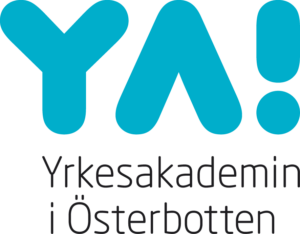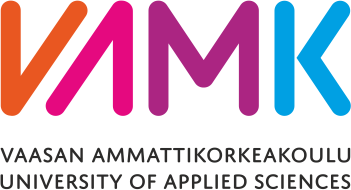Project information:
Official name of the project: Kolinbindning i biomassa genom kombinerad gödsling och underbevattning (Carbon sequestration in biomass by combining fertilization and sub-irrigation)
Duration of the project: 1.1.2023 - 31.12.2023
Project coordinator: Novia
Project partners: VAMK, Åbo Akademi, Yrkesakademi i Österbotten
Funding: MaVi, Maa- ja vesitekniikan tuki ry.
Budget: 10 000 €
Project description
Vaasa’s Risöfladan’s versatile test field forms an excellent infrastructure for various experiments with auxiliary irrigation in agriculture. The two partial fields have, in addition to the traditional cover ditches, a separate spray loop, which is located approx. 60 cm below the ground surface and therefore approx. 50-60 cm above the drainage. The spray loop can be used for partial irrigation, but also for effective injection of dissolved nutrients such as ammonium nitrogen. Preliminary small-scale experiments have shown that nutrients injected at this depth are available to plants. The results of small-scale experiments show an increase in both grain and fodder yields. In addition, the root mass of forage plants doubled, which means that a significantly increased amount of atmospheric carbon dioxide has been bound to the plant biomass in the soil. In the project, pilot studies are carried out on a practical scale with the injection of diluted urine and compared to only partial irrigation. Cultivation and root biomass is measured at the end of the growing season, and the nutrient content of the drainage water is monitored during the project.
Goals
The project is a year-long pilot project, the aim of which is to:
- to investigate a new fertilization method through a sub-irrigation loop
- to investigate whether the method improves yield
- find out if the method reduces the leakage of nutrients into the water body
- to investigate whether the method can be used to make the arable area improved by reducing carbon dioxide by increasing plant biomass in the soil
Results are monitored by sampling and analyzing harvest, root biomass and drainage water. The results are compared to similar results in reference fields that only receive partial irrigation. will be monitored during the project.
Results
In small-scale cultivation experiments in the experimental field, in so-called cultivation tubes, it was found that spraying diluted urine (golden water) to a depth of about 60 cm significantly increased both grain and fodder yield. The most dramatic result was that the root mass of fodder plants doubled from 40 tons to 80 tons of root mass per hectare.
Our hypothesis is that we will get better yields and that with this technology we can improve the functioning of our field by diffusing carbon dioxide through stronger root growth, which binds atmospheric carbon dioxide and stores it as biomass in the soil.







